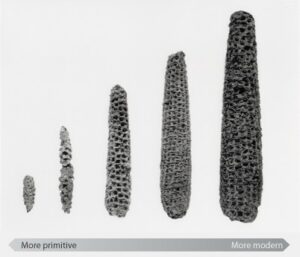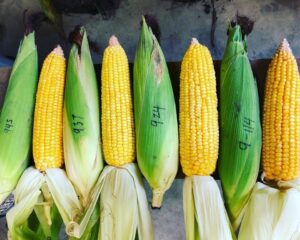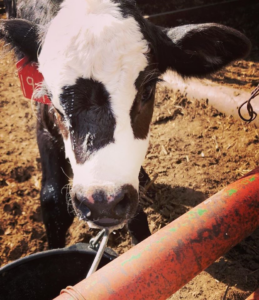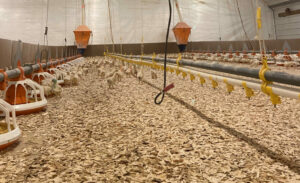With the new year upon us, I want to reflect on what I am hoping to see in the next decade. I want to challenge you to do the same! One thing I am hoping to see is more technology incorporated into our food production systems in ways that help us to provide solutions for current demands. Can you think of one way our food production systems can positively impact you, or something you wish to see from our industry in the next decade? (Send us a message in the comments below.)
The first experience I associated with change in the last decade was consumer preferences and the link to advertising in our grocery businesses. I can’t be the only one who finds grocery stores to be quite overwhelming with the amount of labeling and advertising right in front of me. It is so hard to digest and decide on what is best for my family when comparing two similar items at the grocery store in a split second. Most of the time, we go with the item that looks most appealing to us, one we have seen or used in the past. But what if I told you there was so much more behind the label and the key ingredient is in the way the product is produced?
Well, you guessed it! I am here to give you a behind-the-scenes look at our food and discuss a topic that touches on human nutrition, environmental stewardship, food security, and plant and animal health. This ‘main ingredient’ is a science called gene editing, a genetic engineering process in which DNA is inserted, deleted, modified or replaced in the genome of a living organism. It helps the farmers who are growing and raising our foods use natural resources most efficiently while providing safe abundant foods for all of us. Just like you, I have to go to the grocery store and rely on other producers to make food that I serve at my table.
Most of our past improvements in food genetic diversity come from natural mutations (natural adaptations) by plants and animals in response to their environmental experiences. For example, if you take one plant and put it in the desert and another in a moderate climate, the plants (over generations) will become more sustainable in the environment they are in. The same is true for our current food supply. Gene editing is used to make our plants and animals more successful and use less resources to do so. Gene editing helps our food industry worldwide keep pace with ever-growing food supply demands, and helps us to keep the food at our table fresh and diverse by creating plants and animals that are successful during production.

Personally, one of my favorite times of the year is right before corn harvest (usually at the end of August) when my husband and I go out into our fields and randomly pick ears of corn of each variety to compare. Each farmer usually grows more than one variety of corn every year, because just as each of us is different, the soil composition of each field is also different. As farmers, we try to find what varieties of corn grows best in different soil types and climates.

What corn number looks best to you?
Gene editing helps our corn varieties develop very specific traits that help to use fewer resources on the field and increase disease resistance. As farmers, we want to grow the best corn possible. To do this, we select corn based on our ability to use fewer resources, increase the quality of taste and nutrition, increase disease resistance, and diversify our plant genetics. In the end, this positively impacts consumers because our corn ends up on all of our tables–either as sweet corn or as protein-rich meats that were nourished with our Nebraska crops.

My husband sells seed to farmers they plant in their fields each year. Can you believe December and January are his busiest months for selling seed? Farmers are already ringing in the New Year by working with a multitude of professionals to decide what they want to see in next year’s plants. If they had any issues this year, they will often find a solution through a variety of seed variety selections. This means they are making their selections about what to plant each year about five to six months before they plant their seed. Talk about preparation!
May you be blessed with health and happiness this new year,
Jordan Classen and her husband farm near Fullerton, Nebraska
